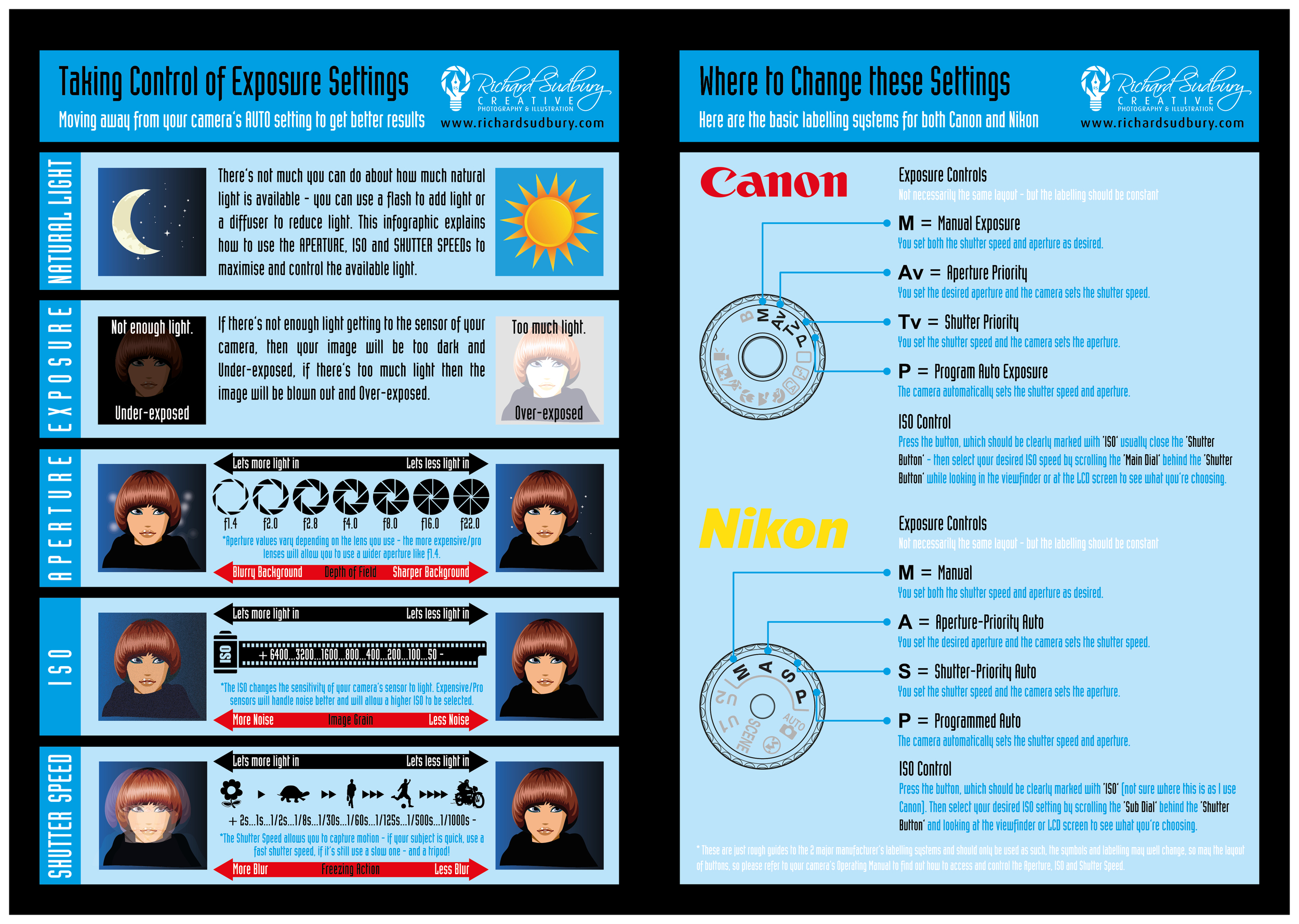Change Your Digital Photography By Mastering Lights Strategies That Can Raise Your Photos-- Find The Typical Challenges That Could Be Holding You Back
Change Your Digital Photography By Mastering Lights Strategies That Can Raise Your Photos-- Find The Typical Challenges That Could Be Holding You Back
Blog Article
Developed By-Rogers Ibrahim
As a photographer, you know that lighting can make or damage your images. Understanding the nuances of both natural and synthetic light is important for capturing the state of mind and clearness you aim for in your job. Whether you're chasing after the excellent gold hour glow or fine-tuning your synthetic setups, understanding these elements can boost your digital photography dramatically. However there prevail challenges that numerous forget, and recognizing them can change your strategy to every shoot. Allow's discover what you may be missing and exactly how it can affect your results.
Comprehending All-natural Light
Understanding all-natural light is crucial for any type of photographer aiming to enhance their work. It's the foundation of great digital photography, influencing state of mind, tone, and clearness. When you fire outdoors, take note of the moment of day. https://petapixel.com/2020/03/10/how-to-stop-worrying-about-cheaper-photographers-stealing-your-clients/ -- shortly after dawn and prior to sundown-- provides soft, warm light that can transform regular scenes right into magnificent images.
Don't underestimate the power of overcast days. Cloud cover diffuses sunlight, developing a soft, also light that's excellent for portraits and macro photography. You'll discover shades pop in this kind of illumination without extreme shadows.
Positioning issues, also. Always consider your topic's positioning to the light source. If the sunlight's behind your topic, you may end up with a silhouette, which can be significant but mightn't be what you want. Alternatively, straight sunlight can produce uncomplimentary darkness.
Try out angles; sometimes, changing your point of view can generate outstanding outcomes. Usage all-natural reflectors, like water or sand, to jump light onto your topic, including dimension.
Mastering Artificial Light
Mastering man-made light is essential for photographers that want to take their abilities to the following level. Whether you're using speedlights, studio strobes, or constant lights, comprehending just how to manipulate these resources can drastically enhance your images.
Start by acquainting on your own with the essentials of light high quality, direction, and color temperature. Experiment with various modifiers like softboxes, umbrellas, or grids to manage the soft qualities or violence of the light.
You'll discover that soft light frequently creates lovely outcomes, while harsher light can add drama and deepness. Do not shy away from shadows; they can improve the three-dimensionality of your topics.
Pay very close attention to the positioning of your lights. A light positioned also close to your subject can produce uncomplimentary results, while too far away can lead to an absence of detail. Make use of a light meter or your cam's pie chart to guarantee you're exposing properly.
Finally, remember that fabricated light can be blended with ambient light for creative impacts. Stabilizing these sources might take practice, but once you grasp it, your photography will absolutely shine.
Techniques for Various Situations
When you enter different shooting scenarios, adjusting your illumination methods is essential for capturing the very best photos. For outside pictures, make use of the gold hour-- morning or late afternoon light-- to soften darkness and improve complexion.
If it's a severe noontime sunlight, think about using a reflector to jump light back onto your topic or look for shaded areas for a much more also exposure.
In low-light situations, like indoor occasions, increase your ISO and utilize a vast aperture to allow in more light. A tripod can assist get rid of camera shake, allowing for longer exposures without obscuring.
If you're contending night, explore off-camera flash to produce dynamic lighting and deepness in your pictures.
For item photography, make use of diffused illumination to prevent severe representations. Softboxes or light tents can assist accomplish this impact.
When photographing landscapes, consider the direction of light and time of day, as it can considerably change the mood of your shot.
Constantly be ready to change your setups and placing based upon the scenario, as flexibility is key to grasping illumination in photography.
Conclusion
Finally, understanding illumination is vital to elevating your photography skills. Accept all-natural light's elegance throughout gold hour, and don't avoid trying out artificial light strategies. By adapting your approach to various scenarios, you'll catch stunning pictures that resonate with feeling and clarity. Keep in mind, the ideal illumination can change a common shot into something phenomenal, so maintain exercising and fine-tuning your understanding of both natural and man-made light. Happy shooting!
